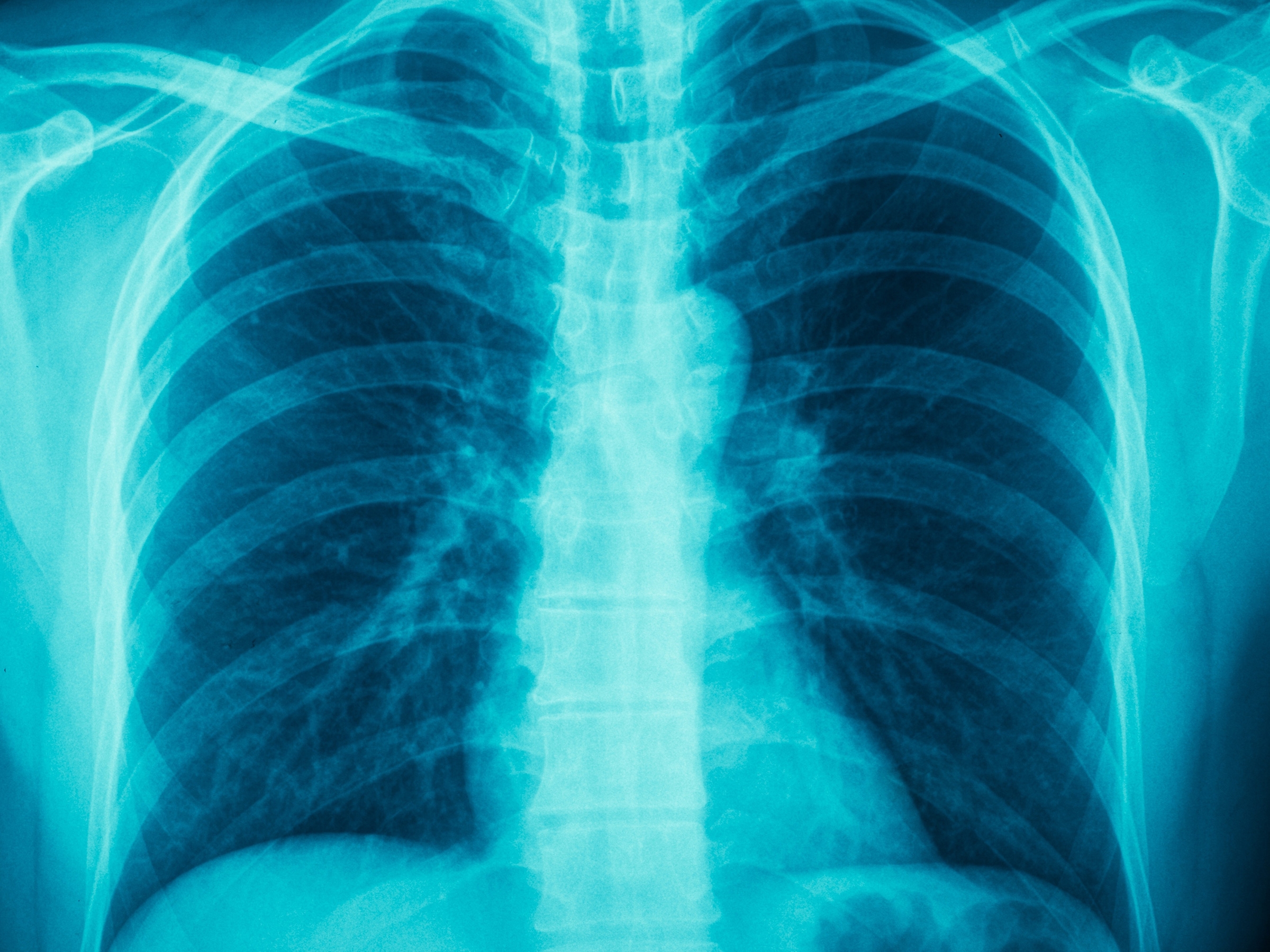We reach more than 65,000 registered users in Dec!! Register Now

X-ray vision: Seeing through the mystery of an X-ray emissions mechanism
- January 10, 2025
- 1 Views
- 0 Likes
- 0 Comment
UNIVERSITY PARK, Pa. — Since the 1960s, scientists who study X-rays, lightning and similar phenomena have observed something curious: In lab experiments replicating these occurrences, electrons accelerated between two electrodes can be of a higher energy than the voltage applied. According to Penn State researchers, this defies an assumption in physics that the energy of the electrons should correspond with the voltage applied. Despite the decades-long awareness of this apparent contradiction, researchers couldn’t figure out why this was happening.
Recently, a team of Penn State researchers used mathematical modeling to explain the underlying mechanism at play. They published their results yesterday (Dec. 2) in Physical Review Letters.
“In these lab experiments, voltage is applied between two electrodes, which are electrical conductors. Then, electrons, which are negatively charged particles, are accelerated through a gap, which could be gas or a vacuum,” said Victor Pasko, professor of electrical engineering at Penn State and corresponding author of the study. “The energy that the electrons can gain should correspond with the voltage applied, but in all these experiments, energies were exceeding that voltage by a factor of two or three, which was a puzzle.”
Through mathematical modeling, Pasko and his team demonstrated that an energy feedback process is responsible for this occurrence.
According to Pasko, when the electrons interact with the material of the electrode, they emit X-rays, which are made of photons — massless, charge-less particles that comprise light. Some of these photons propagate backward, enabling more electrons to release from the other electrode. A small group of these electrons have energy corresponding to the original energy. Then they accelerate again, and the process continues through several cycles. Pasko and his team modeled this very high energy process.
Pasko said that their model also helped explain why electrodes of different shapes and materials produced this effect to varying degrees.
“We see that we get maximum effect when we have flat electrodes, and a minimized effect when the electrodes are needle-like,” Pasko said. “This makes sense, because the large surface areas of the flat electrodes are good for the interaction between the electrons and photons and the way they bounce back and forth. When the surface area is reduced, the effect is minimized.”
The researchers also examined via simulation and modeling how the phenomenon emerges with different materials.
“Tungsten is the standard material used for X-ray production, and we know it’s a good material for this. It is a robust material for electron production used in current in X-ray machines,” Pasko said. “Our study went through many additional materials, and, using our model, we were able to summarize properties of materials that lead to maximum effects.”
The researchers said that their findings may be useful for the development of new ways of producing X-rays in the future. Specifically, they said that the work may stimulate new research on the production of energetic electrons from solid materials, potentially making X-rays machines faster and more light weight and compact.
Sebastien Celestin, the University of Orleans, France, and Anne Bourdon, CNRS and Ecole Polytechnique, France, were co-authors on the paper. The U.S. National Science Foundation supported this research in part.
List of Referenes
- Victor P. Pasko, Sebastien Celestin, Anne Bourdon. Photoelectric Feedback Mechanism for Acceleration of Runaway Electrons in Gas Discharges at High Overvoltages. Physical Review Letters, 2024; 133 (23) DOI: 10.1103/PhysRevLett.133.235301
Cite This Article as
No tags found for this post









